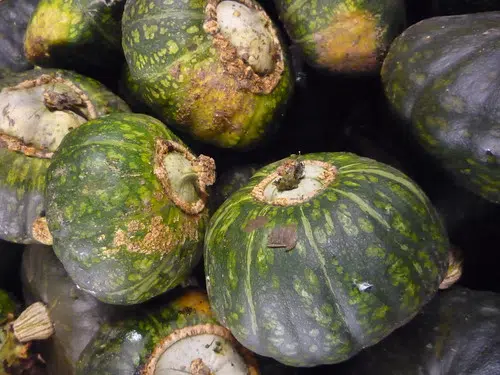A couple times over the past few weeks, I have been given the quest of buying a squash. Not just any old squash will do. It must be a buttercup squash, and it must be dry. Well… it should be dry.
If I had a clue how to detect a sweet mama hiding amoungst the buttercups this would be a far easier task. The sweet mama, in my experience, tends to be a bit drier, but it is a variety of buttercup. So actually being able to tell one from the other is a skill I have not yet learned.
Neither is telling a wet squash from a dry squash.
In the past, my method has been random selection. I just grab a squash and hope for the best. Some days, this actually works and I look like a squash whisperer. The problem with that is, then people think you know what you’re doing.
A week or so back, I walked up to a bin of squashes, grabbed one and took it home. It was very close to perfect. Not too wet. Not too dry. Excellent flavour. It was a marvelous squash.
But now, I must repeat this feat.
I have been told many things over the years. Things like, “look for a squash with rough skin.” Or find one with a big cup. Or a small cup. Or no cup. Or jab it with you thumbnail and see if it weeps. Or… Honestly, I have come to believe none of these things work.
So yesterday, I looked for advice. I asked for help at the squash bin, and was told to look for a squash with a nice deep green colour to the skin. If it is too light, it’s not really ripe enough. Then, check the stem. A dry stem on the top should indicate that the squash will be drier on the inside.
So I purchased a couple squash using these guidelines. Hopefully, I have learned the secret.









